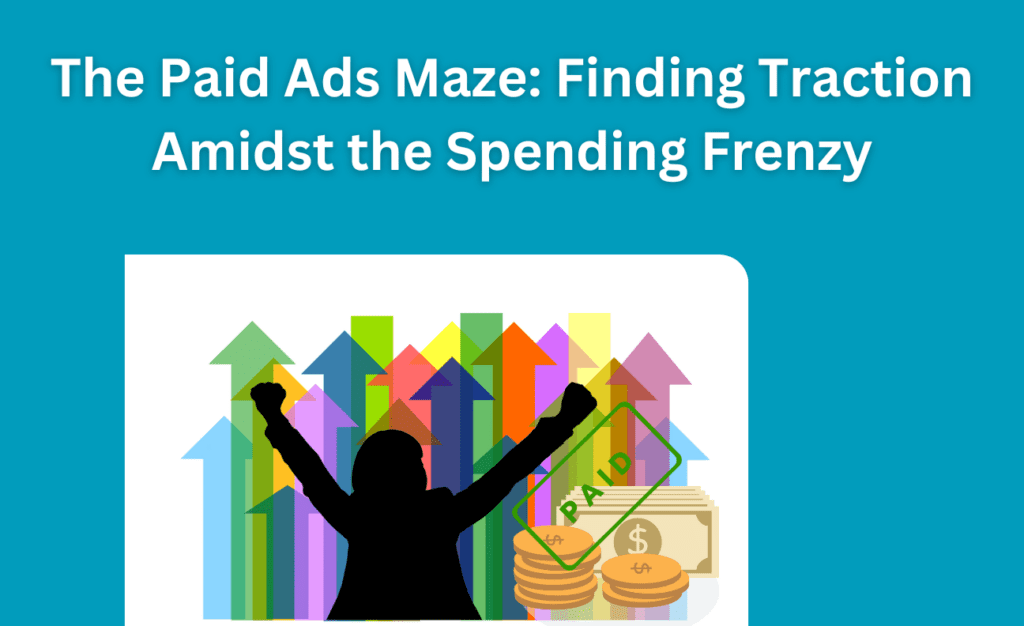[vc_row][vc_column][vc_column_text]
Tags – Behavioural Analytics
What does a typical data analysis for your business include?
Demographics, infographics, growth metrics, and so on.
There is no denying that such metrics have their own value. And, this is especially true if you use the data to make your decisions.
However, if your target is decision-making through the use of data, you could be using far more. One option here is behavioural analytics.
Behavioural Analytics
Behavioural analytics is a subfield of data analytics that focuses on drawing insights from the actions of people.
When applied to business, the said people are meant to be target audiences. And, therefore, an analysis of the actions of the target audience provides a basis for decision-making for a business.
The said condition is especially true and applied across product-heavy online business. However, the learnings are cross applicable to service-based businesses too.
Challenges Around Behavioural Analytics
Behavioural analytics can be a huge source of ambiguity when applied to rough data from social media or website analytics.
For example, if your website is limited to the generic pages – Home, About, Services, Policies, and Contact – there is little you can do. To begin, the number of options to jump around is limited in the given situation. And, even if you are able to draw traffic to your site, there is not much for your audience to go around and for you to measure.
Working Out Behavioural Analytics
In the given example, there are simply not enough variables.
The variables are limited to such an extent that you might not be able to distinguish between the people who went to the contact page to actually contact the business to buy, or simply went there because there is not much to look around any further.
Therefore, in order to get a complete picture of your business, it is sensible to add further pages.
For example, you could breakdown your services into subservices and provide further information.
By doing so, you will see a clear difference between the people that landed on your services page and later clicked on subservices to gather further information, before going to a contact page, as compared to people that either left after reading about your services or contacted you straight away.
Moreover, in the former case of looking further into subservices, you can form a hypothesis that such people are less likely to look for further information as compared to people that came to the contact page straight after the services page. Well, you can always test this assumption on the basis of the kind of contacts you get from the site.
Our Example
In the case of Axies Digital, in June, out of 536 unique UK users that landed straight on our homepage, only 31 checked the ‘contact us’ page as their next option. Explicitly, 31/536 makes 5.8%. Combine this with a 6.9% bounce rate (people that left), a whopping 87.3% of our homepage traffic clicked around to gather further information.
Where did this 87.3% traffic go and what they did afterwards is what helps us decide and take further actions on the site.
In reality, our decision-making is not just limited to the website. Instead, even our social media marketing strategy is based around the said behavioural analytics. And, this helps us push the right content through social media to our website visitors, using Facebook Pixel for instance.
(You can gather most of this information through setting events on your site and then tracking the traffic flow through the ‘user flow’ option).
To learn more, get in touch with us today.
And, if you would like to learn further about data analytics for your business, here are a few more options:
- Hypothesis Generation – Why You Need to Know Your Goals Before You Launch
- How to Manage the Personalisation Strategy? Creating Customer-Centricity
- You Need More than Plain Data – Applying Data Mining in Business
[/vc_column_text][/vc_column][/vc_row]










